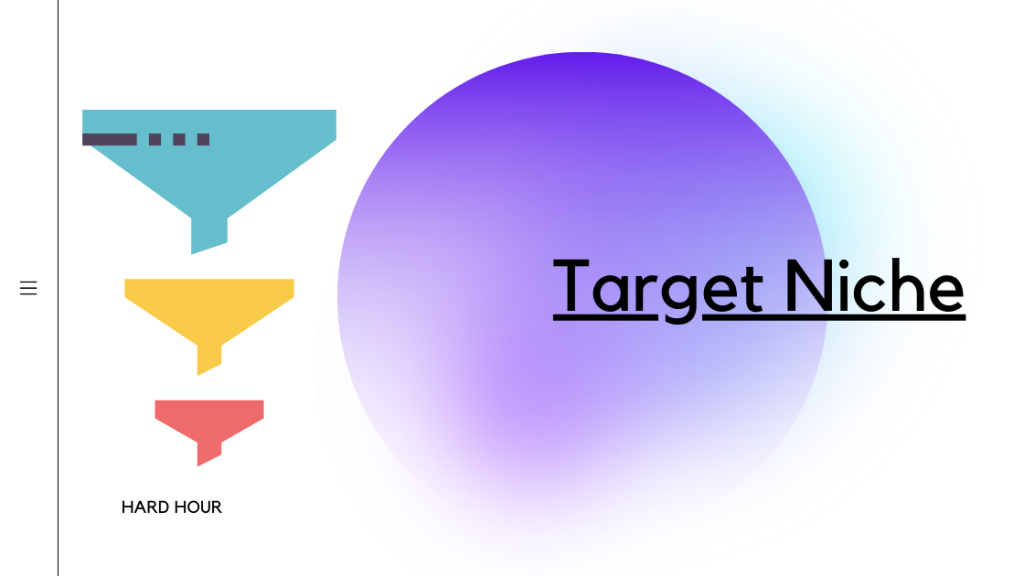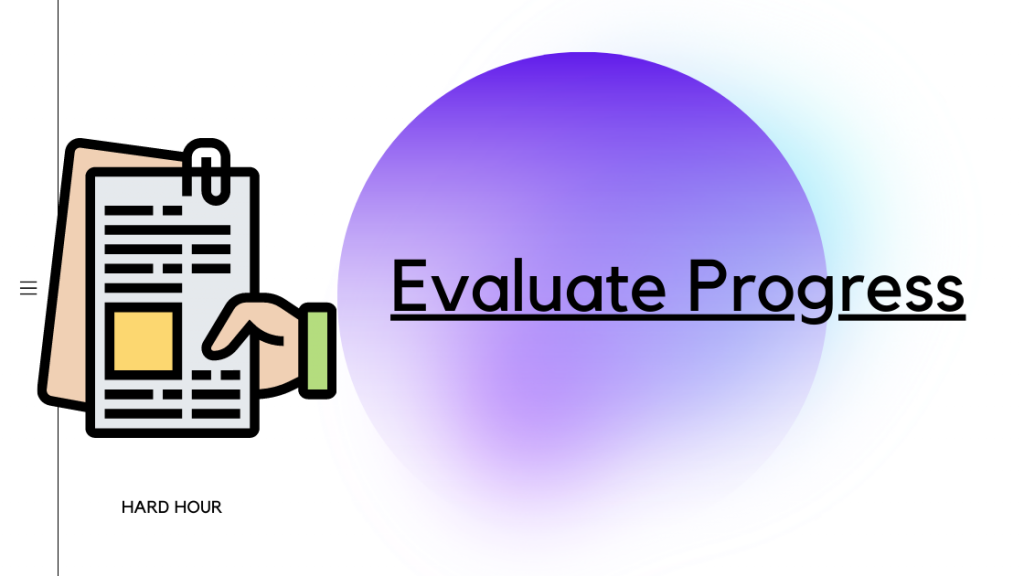The process of researching, developing, creating, and optimizing material for a target keyword in Google and other search engines is known as SEO writing. Google’s success is dependent on providing content that is as relevant as possible to people’s queries. If you want people to see your material, sprinkling on some SEO as an afterthought won’t get you very far. Instead, you should incorporate SEO into your content creation process from the beginning.
10 SEO Writing Tips
After all, without SEO, your material could end up on page 50 of the search results, and we all know how low little to no traffic on those pages you can expect. 90%+ people don’t open the second page of a search engine result page.
Similarly, if your post-click material is poor, your first-page position will only get you so far. That’s why a strong link between SEO and quality content is critical! Here are five suggestions for writing SEO content that can help your content reach further while also improving your SEO efforts.

1. Begin by writing for your intended audience.
There’s a reason why this SEO writing advice is at the top of the list. It appears simple enough, but many businesses create content for the wrong reasons. Write material that appeals to your target market’s interests or answers their questions. Not every post needs to be about your product or service, but they should all be linked to your sector. Write SEO-friendly, entertaining, and instructive content to establish yourself and your firm as an industry authority, and do it better than your competitors.

2. Keep everything under one roof.
Keep your unique content under your domain name to get the credit and attention your website deserves. If you have a blog, you should avoid using WordPress or Blogger and instead host it on a subdomain on your domain (for example, www.example.com/blog). If you have the chance to present other types of original content, such as films, infographics, or whitepapers, make sure to embed them on your website and share them from there.

3. Write headlines with a lot of power.
You just have a few lines of text to create a huge impression. So don’t underestimate the power of a good title when it comes to SEO! Create headlines that are clear, intriguing, and include a variety of keywords. Make sure your meta descriptions are intriguing and expand on the content of your article, in addition to having a fantastic title. Remember that your title and meta description will appear in search results, so make them count!

4. Use keyword-rich phrases.
To allow both your viewers and the search engines to know what your post is about, use relevant, keyword-rich words in your headlines and throughout your content. However, be aware that using too many keywords will not only turn off your readers but will also result in keyword stuffing penalties from search engines. Stick to a more natural vibe by using keywords deliberately and sparingly. Use blog tags to tag a few relevant keywords for each article, in addition to employing keywords throughout the body of the post; most general blogs have tagging features built-in.

5. Make your posts Structure & logical.
Your post’s content may be excellent, but it can easily be lost in an unstructured, inefficient format. Using headlines to break up your material into smaller paragraphs allows for an easy read that keeps your readers engaged. Back-end organization is also important for search engines. To maintain a well-structured article, use proper tag hierarchy when tagging headings (H1 for titles, H2 for subtitles).

6. Incorporate visuals like Pictures and Videos.
Make your postings more visually appealing by including photographs. People are visual creatures. Including an image with your blog article might make a significant impact. Do you have a Pinterest profile? Posts with photos can be pinned, adding a source of the traffic to your website, in addition to promoting your blogs throughout your other social media networks.

7. Use social media to promote your material.
Social networking is a strong tool for expanding your content’s reach and encouraging sharing. Use compelling descriptions and a call-to-action to promote each new piece on social media sites and in forums. Because sharing is such an important part of social media, it’s also crucial to include share buttons on each of your blog entries. Implementing Twitter Cards for Twitter or Open Graph for Facebook (technical) can give your shared links a lift and may enhance your click-through rates if you want greater control over how they appear when they’re shared.

8. Make use of Google Authorship
All you need is a Google+ account to use Google Authorship to link content to a specific author. As a result, your articles appear in search results as rich snippets, complete with the author’s photo and the article title. Google Authorship is fantastic for personal promotion, but it can also help your content get more clicks. Learn how to set up Authorship for your website if you’re an author.

9. Encourage the creation of natural links
Although link creation has progressed since the days of link farms and link buying, links remain an important ranking component for SEO. If your content is picked up by another site, linking to your articles or website in your post ensures a connection back to your website. Adding an embed code to your site for various forms of information, such as infographics and videos, helps to boost content sharing while also providing a connection back to the source. Creating high-quality content increases its sharability and the possibility that it will be linked to by other websites, so go for it!

10. Keep an eye on your activities.
Monitor your efforts to stay on top of your SEO-friendly material. Google Analytics is a simple and free tool that allows you to track your page views and average time spent on each page. To get an indication of how users interact with your website after landing on your content, look at things like your bounce rate and time on site. If you find a significant drop-off combined with a low average time spent on the page, it means your material wasn’t relevant to what they were looking for, or even worse, wasn’t fascinating.
Let’s now learn why SEO writing is essential for both your business and website, blog or online presence.
Why is SEO writing important?
There’s a lot of stuff out there that never gets seen because it doesn’t rank, so it never has the opportunity to educate, help, impress, or convert someone (plus, it fails to reflect positively on you, the person who wrote it). Writing with SEO in mind, on the other hand, aids in the acquisition of organic traffic as well as the recruitment of qualified readers and possible buyers to your website.
Writing for SEO
SEO writing entails conducting research and generating material optimized for search engines, but this does not imply that you will be writing for a robot audience. Your major goal is to figure out what people want so you can tailor your content to meet their demands.
Find a term that is related to your business and has a high traffic potential. Read our Keyword Research Guide.

Before You Start Writing
The SEO writing process begins before you write a single word, which may seem unusual. That’s because you need to write content that your target audience cares about to succeed with SEO and content marketing. When you do so, the whole procedure becomes ten times easier. Here are two methods for coming up with ideas for SEO-friendly content. To begin, use a Q&A tool. It’s crucial to find queries that your target customer asks on the internet. Why? Because your content can provide answers to those questions.
Begin by deciding on a topic that is relevant to the company for which you are writing. This is your seed keyword: consider what people may type into Google to find your product or service. If you’re writing for a light company, for example, your seed keyword may be “lamp” or “lamps.” Begin by entering the seed keyword into Keyword Research Tools like “answer the Public” or using Quora or Medium to uncover keyword ideas that are phrased as questions. The majority of the results will be informational inquiries for which a blog article can be ranked.
Determine the purpose of your search.
After you’ve identified a major keyword with high traffic potential, you’ll need to figure out what people who search for it are looking for. This is known as search intent, and if your material does not match it, Google will not give it a high ranking. Looking at the top-ranking results in the SERP and finding what we call the 3 Cs of search intent: Content type, Content format, and Content angle might help you figure out which pages best meet the intent behind a phrase.
Type of the Content
However, if you use the Phrase match report, you may discover keywords with no informational intent, which implies your blog article will not rank. Because the top-ranking results are eCommerce category sites, the SERP shows that persons searching for “table lights” are in the market to buy.
Format of the Content
In the top positions, the most prevalent format (e.g., how-to, listicle, opinion article) will lead your selection on how to structure your content. The majority of the results for “best desk light,” for example, are listicles, so that’s what you’ll want to publish.
The aspect of the content
In the top-ranking sites, look for repeating topics and make a note of their distinct perspective or opinion.
Make a list of the subtopics you’ll need to address.
You now have a strong primary keyword and a good idea of the type, format, and viewpoint of material you’ll publish. Continue to wear your researcher hat: you’ll now analyze the top-ranking pages (your ‘competitors’ for this keyword) and the SERP to discover the subtopics you’ll need to cover. All of the following information should be written down in a document, text editor, or spreadsheet.
Spy Your Competitors and their content
A list of headings can assist you in quickly understanding a competitor’s content and determine which subtopics you’ll need to cover in your article. Plus, you’ll get some tips on how to make yours better, more useful, and unique. Examine the outlines of the top-ranking pages (i.e., headings). The free Ahrefs SEO toolbar may be used to instantly visualize headers on any page. To access the on-data page report, click the checklist symbol, scroll down until you see a list of headings, and make a note of any common topics.
Most of the top-ranking articles for this guide included a subtitle that said, “What is SEO writing?” which informed me I needed to include the definition because it appears to be what searchers are looking for.
Learn PAA boxes
Return to Google and type in your main term. The People also ask (PAA) tool might help you figure out what’s on people’s minds while they’re searching. You don’t have to respond to every question, but you’ll have a better idea of what people anticipate seeing on your website if you do. People appear to be looking for new content (“2020”) in the example above.
Make a rough outline
If you followed the steps above, you should now have the following: A crucial phrase is Your content’s structure, type, and angle Subtopics to cover that are relevant It’s now time to outline. Make a working title at the beginning of a new Google Doc (or whichever text editor you’re using). When writing, this will help you clarify and keep the main point in mind.
Then, using an ‘inverted pyramid’ method, create a coherent heading arrangement. Begin with the most relevant and substantial information on the topic and work your way through the piece, building your arguments and expanding logically.
Keep in mind who you’re speaking to. Consider what knowledge they already have versus what you need to explain if you’re writing for beginners, for example. It may be helpful to imagine and write your draught for a genuine person.
Make use of the vernacular of your audience.
If you’re not an expert in the field, you can use general terms or phrases that don’t resonate with readers and cause them to lose trust in you. If you’re not into mountaineering, for example, you might not realize that “going to the top of a mountain” is referred to as “summiting,” but a discriminating audience does. When you don’t have first-hand experience, you can expand your vocabulary by looking up existing content: Read reviews on eCommerce sites like Amazon or watch YouTube video walkthroughs if you’re writing about physical things. Scrutinize expert forums or blogs if you’re writing about a service (for example, software).
Consider interviewing a Subject Matter Expert (SME) and mirroring their wording in your draught if the issue is specialized.
Add a twist or a unique element.
An SEO outline is similar to a coloring book: you have the main shapes, but it’s up to you how you fill them in. Knowing what your competition accomplished can also help you come up with something distinctive, so do your study. For example, much of the content that ranks for “SEO writing” use generic examples; on the other hand, I opted to adopt a ‘meta’ approach and explain how a real piece evolves from conception to publication.
Follow the outline, but be prepared to make changes.
As you write your first draught, you’ll undoubtedly discover that an SEO outline that makes sense in the abstract needs to be tweaked. That’s OK. My original outline, for example, included four essential steps. However, as I began to fill it out, it became clear that one of the processes might be split into two: I made a note in the outline and revised the text accordingly.


